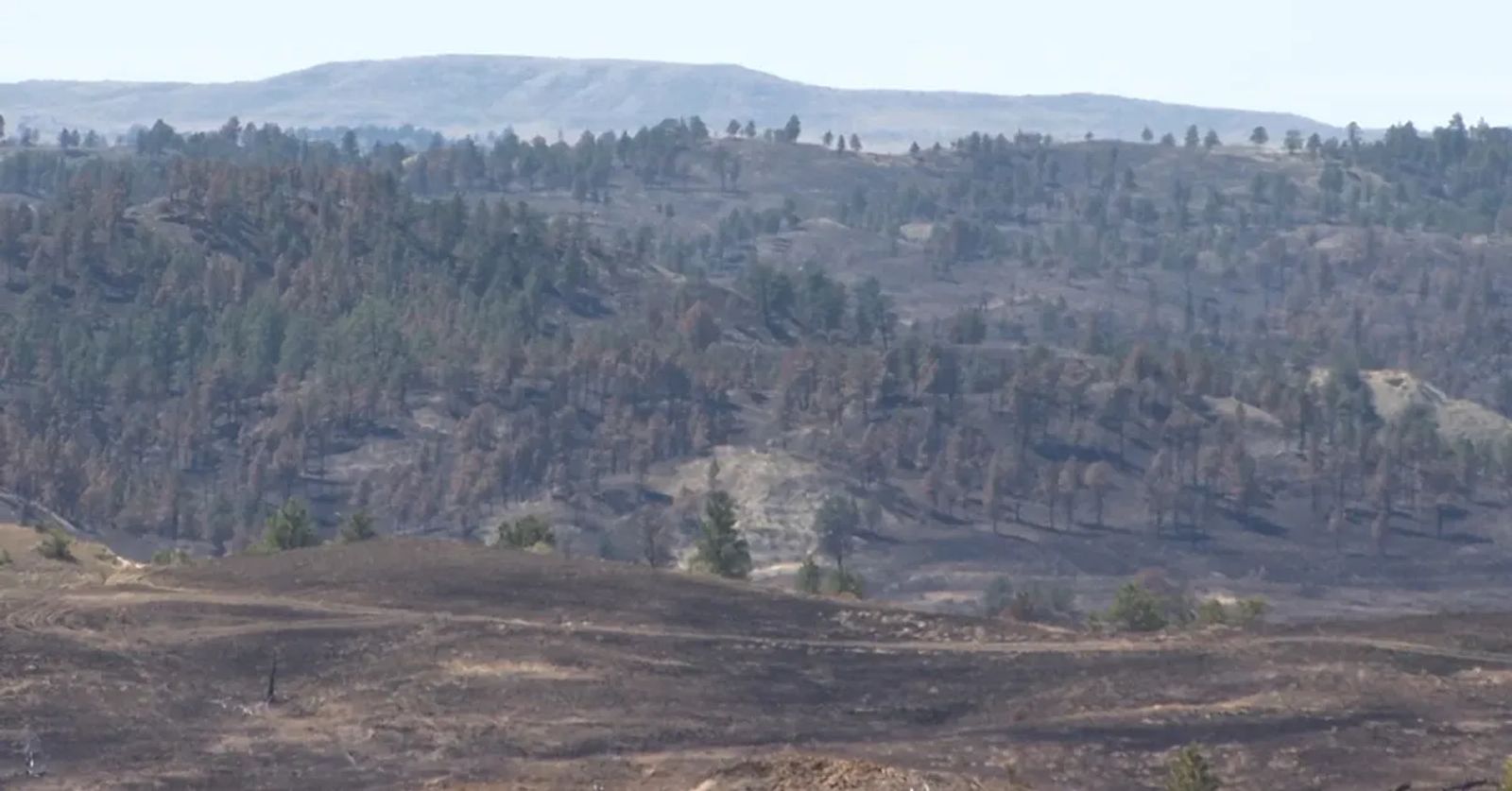
Wildfire Aid and Mitigation
September 17, 2020
USDA on Wednesday detailed some federal assistance available for residents, farmers and ranchers affected by wildfires in the Western states.
Addressing the issues with wildfire mitigation, the American Farm Bureau Federation and 13 state affiliates also are asking Congress to provide additional funds and programs to help prevent and recover from catastrophic wildfires. AFBF and the states sent a letter to Senate leaders supporting the Emergency Wildfire and Public Safety Act of 2020.
The legislation was introduced by Sen. Dianne Feinstein, D-Calif., but has three Republican co-sponsors, Sen. Steve Daines of Montana and Sens. James Risch and Mike Crapo of Idaho. AFBF stated the bill would help mitigate future fires, but it would not address the immediate losses and damage facing farmers and ranchers.
"The images of wildfires are heartbreaking when you watch a family's livelihood disappear, but the damage continues long after the flames are put out," said Zippy Duvall, president of the American Farm Bureau Federation. "Smoke can damage soil and spoil crops, causing losses for several months after a disaster. In addition to better management of our forests, we need to be prepared to help farmers who have lost everything. We encourage Congress to consider additional disaster funding to meet the needs of communities affected by the wildfires."
USDA stated wildfires have burned nearly 6.9 million acres across 11 states. USDA's Forest Service has more than 7,800 people involved fighting the fires as part of a contingent of 31,000 state, local and federal staff combatting the fires. AFBF noted that, in California alone, more than 3 million acres and 4,200 buildings have been destroyed by the fires.
"Backlogs in adequate management coupled with drier, hotter conditions, have resulted in unhealthy, overly dense forests," the AFBF letter stated. "When fires inevitably occur, these conditions result in larger, more catastrophic fires that are difficult to control, destructive to both urban and rural communities and pose great threats to both private property and human life."
USDA AID AVAILABLE
With a natural disaster designated by the Agriculture secretary or an emergency declared by the president, USDA has an emergency loan program that will provide eligible farmers low-interest loans to help recover from production and physical losses.
Conservation programs may help as well. Farmers and ranchers can apply for aid to rehabilitate land through the Emergency Conservation Program. There is a comparable program for forestry owners as well -- the Emergency Forest Restoration Program. The Environmental Quality Incentives Program also provides additional aid to respond to disasters.
Livestock owners also can qualify for USDA's Livestock Indemnity Program, which helps producers who face higher-than-normal livestock losses due to certain weather events or animal disease. Livestock producers may also qualify for the Livestock Forage Disaster Program. Farmers with non-insurable crops may also be eligible for the Noninsured Crop Disaster Assistance Program.
Farmers with crop insurance damage should contact their insurance company initially within 72 hours of discovering damages and follow up in writing within 15 days.
The National Cattlemen's Beef Association also highlighted disaster aid programs for producers. That includes urging farmers and ranchers to apply for the Wildfires and Hurricane Indemnity Program (WHIP) if applicable.
It will likely, however, require Congress to expand funding for WHIP to address disasters for 2020. Congress last year funded the WHIP-Plus program to address disasters for 2018 and 2019.
More details on USDA aid can be found at https://www.usda.gov/….
Source: DTN










